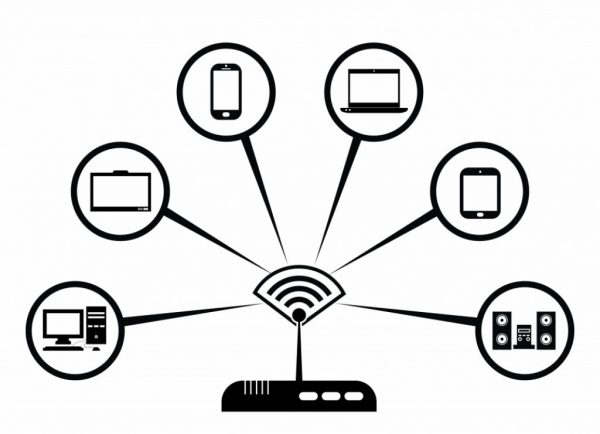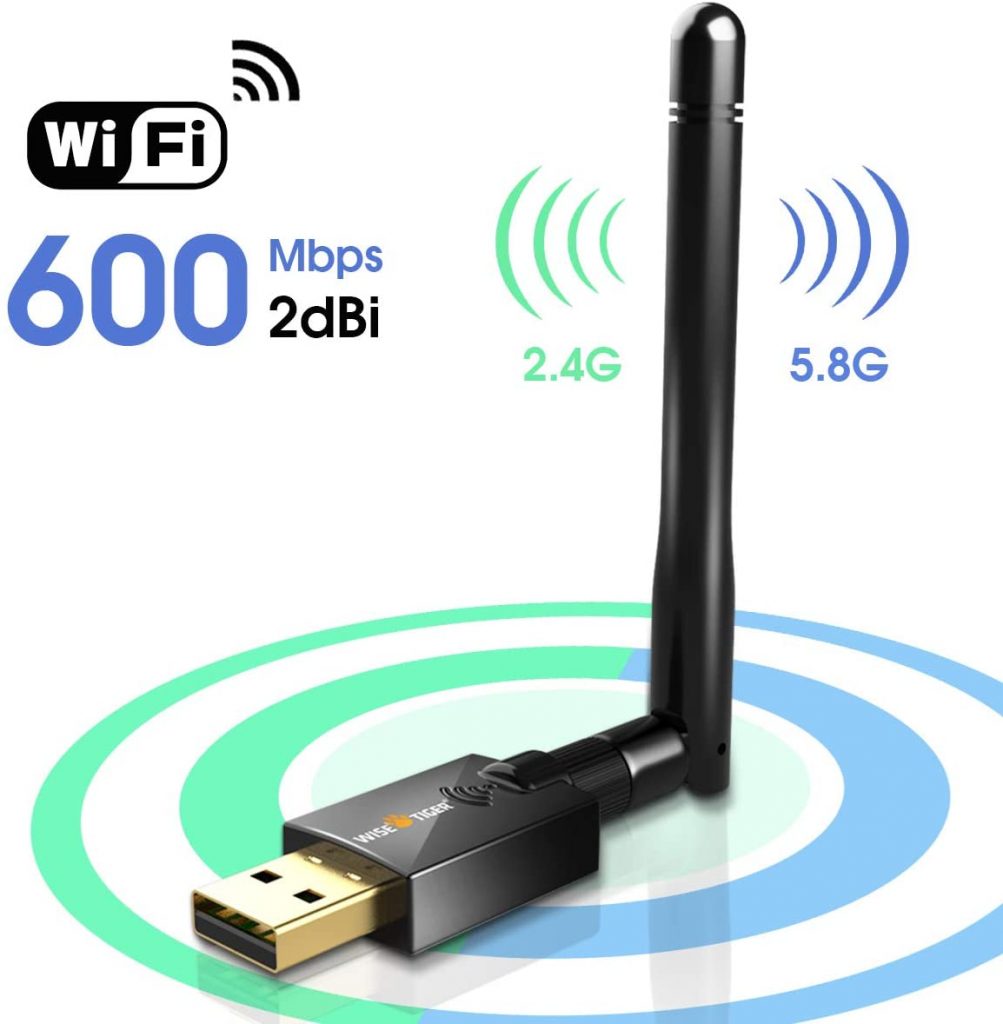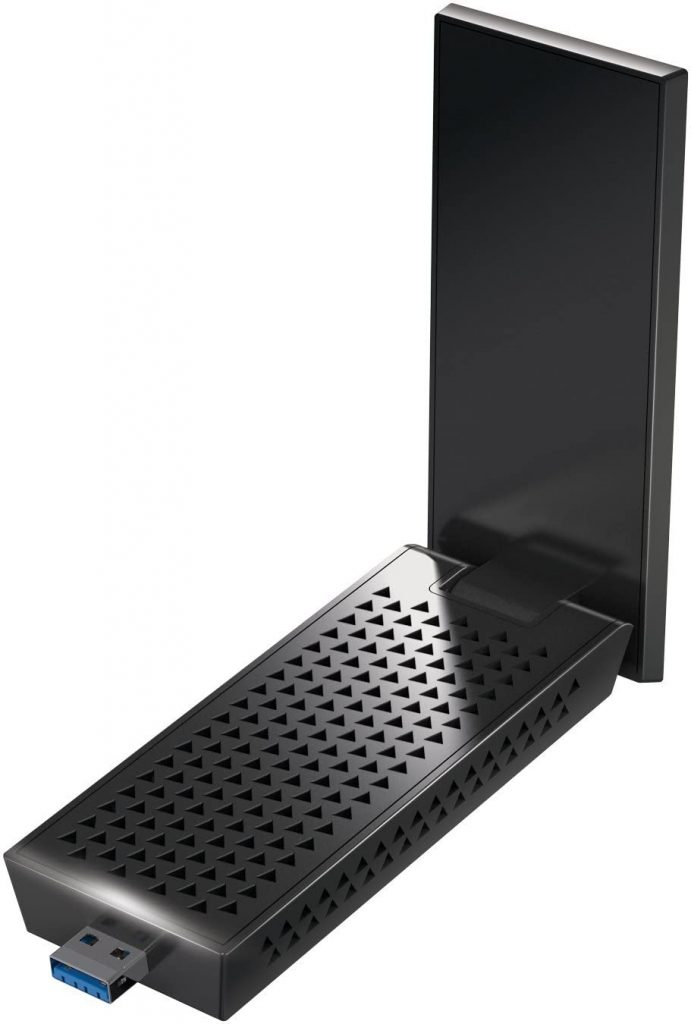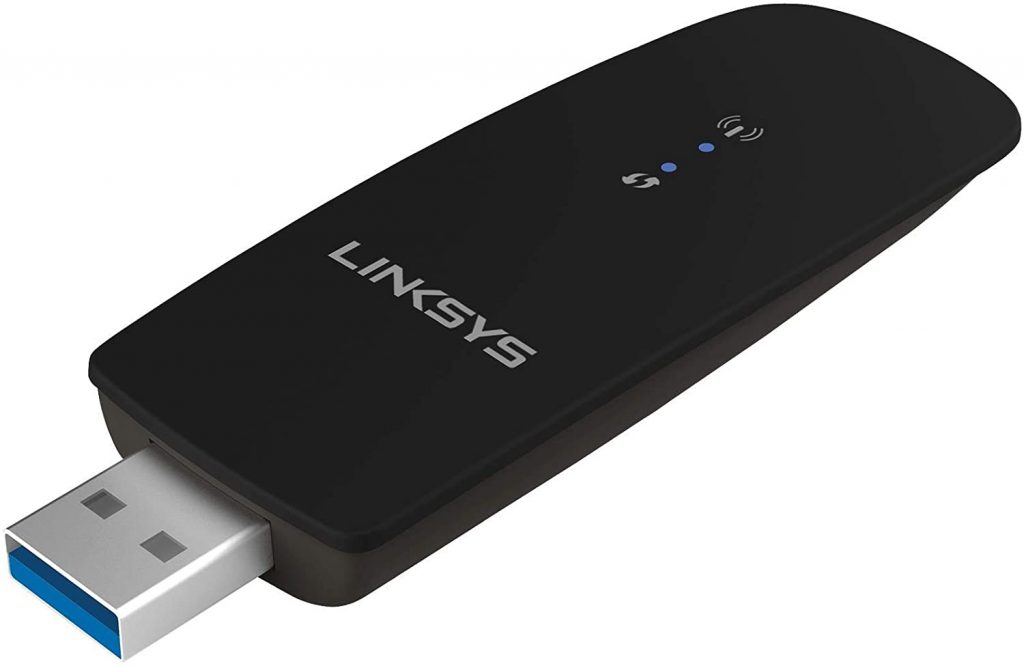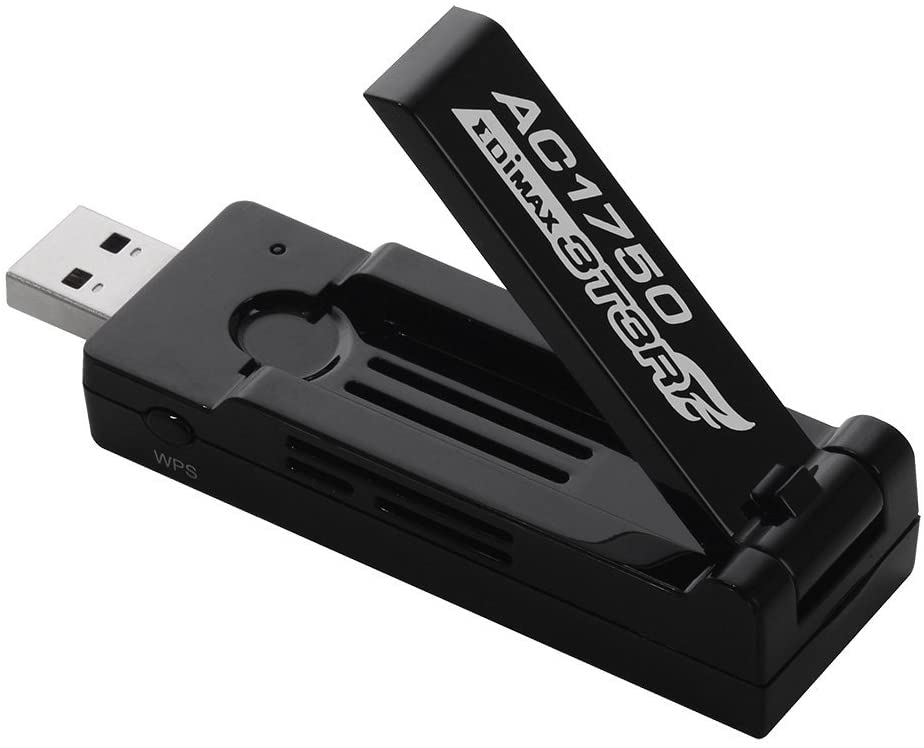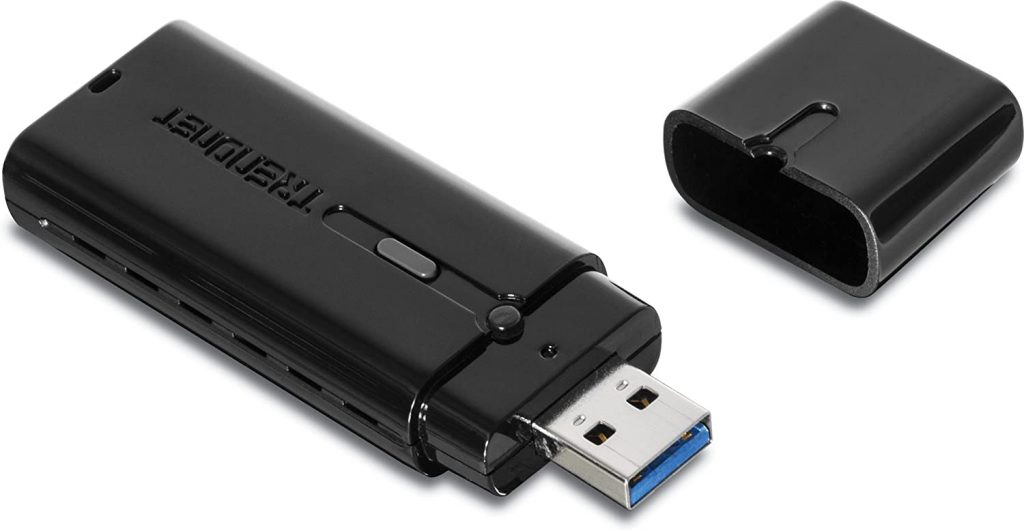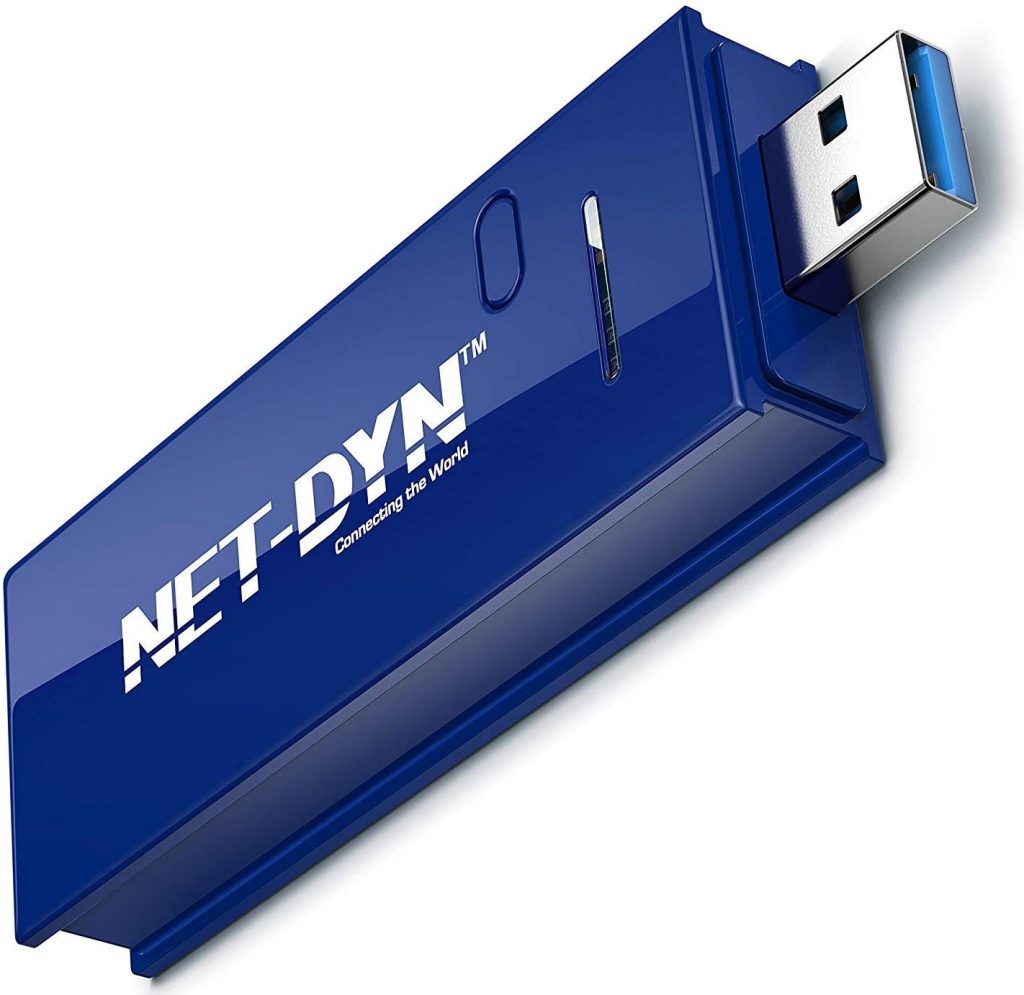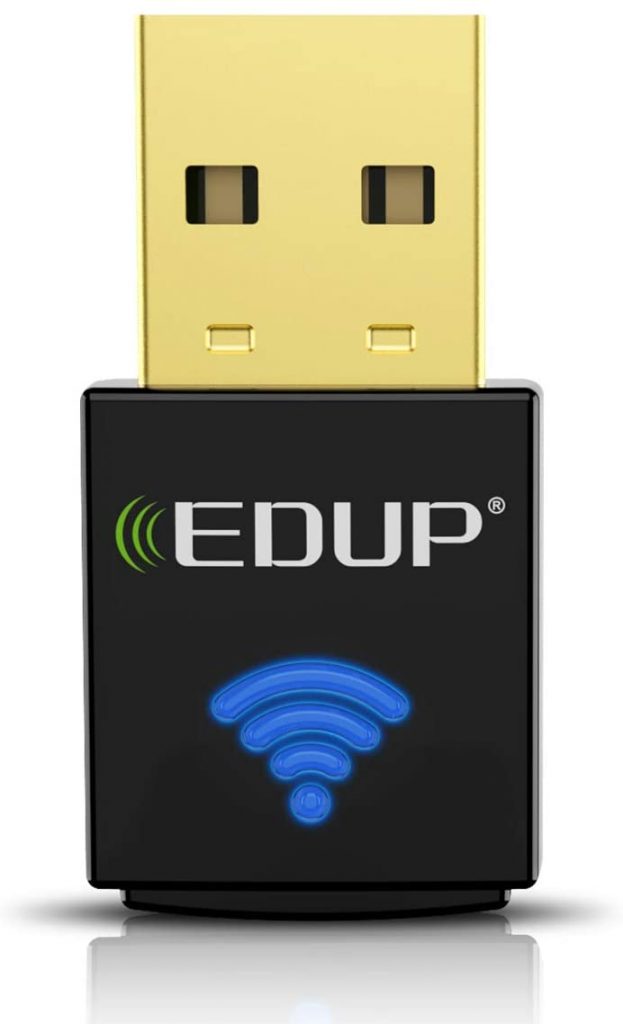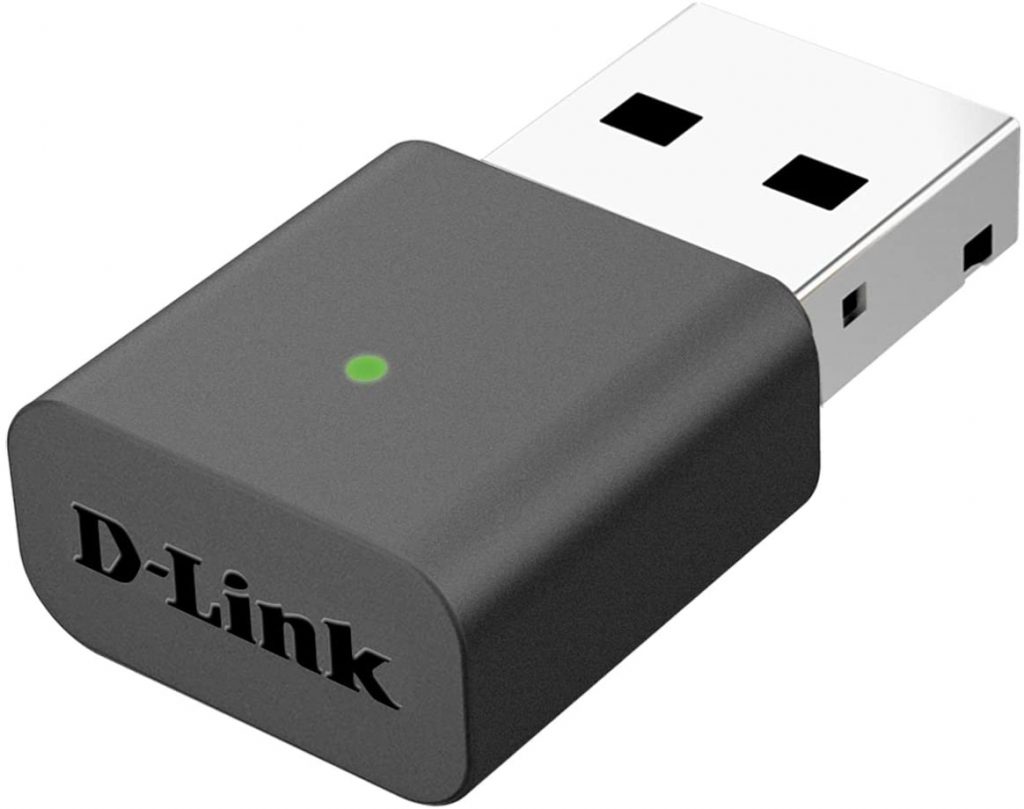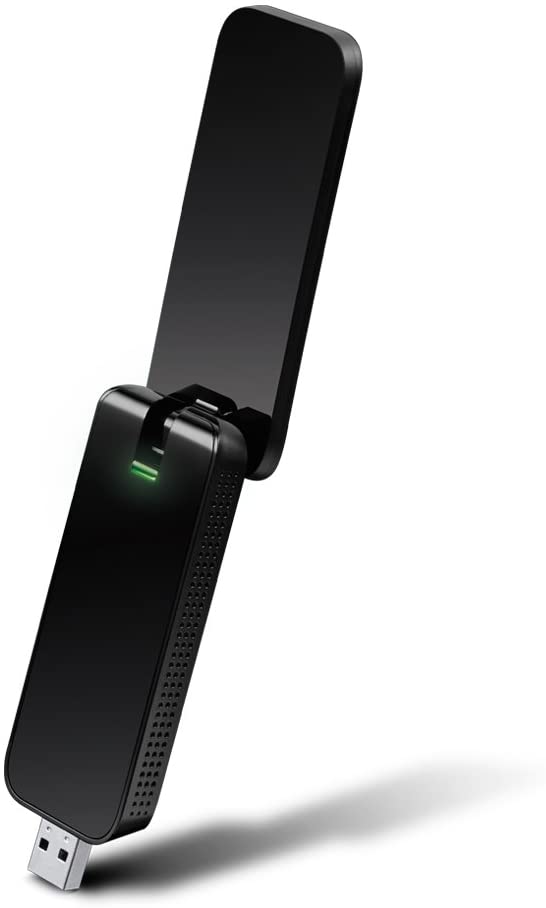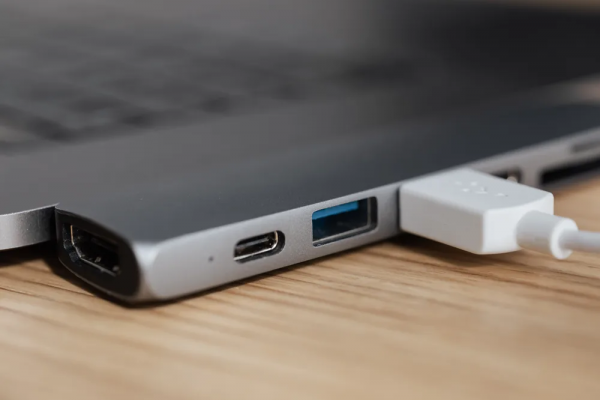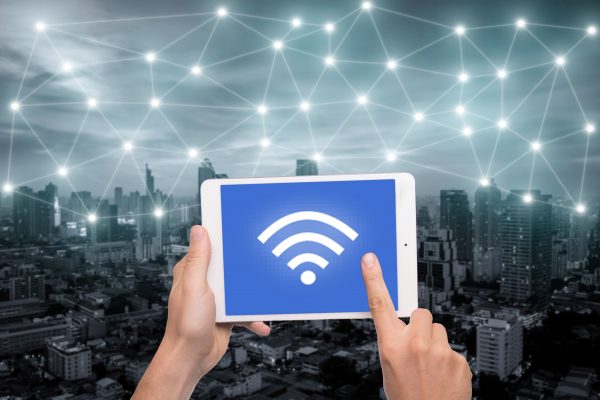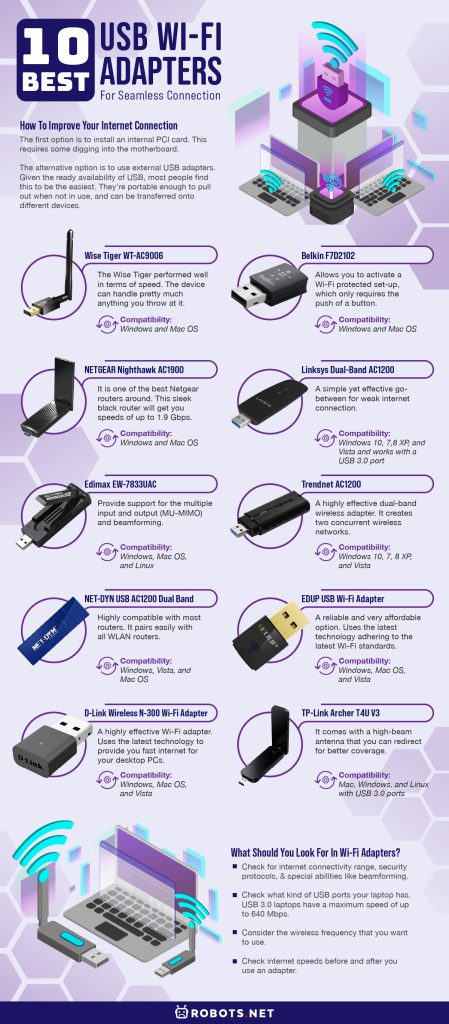Almost all wireless networks rely on a router and modem. These devices are able to communicate with an internet service provider (ISP). The ISP facilitates access to the internet. Most modems are attached to a wireless router through an Ethernet cable. There are also some with wireless functionality built-in. The Wi-Fi router is responsible for broadcasting your wireless signals. And most Wi-Fi routers also give you a handful of Ethernet ports for wired devices close by. In turn, the client devices need to have internal adapters integrated and enabled. These internal adapters pick up the signals for your computer. They’re also embedded into the system board of your computer. This allows the device to transmit and receive data over the network. If your PC is rather old and doesn’t have an internal adapter, you have several options for adding one.
How to Improve Your Internet Connection
The first option is to install an internal PCI card. This requires some digging into the motherboard. The options can also be quite complicated. If you’re not an IT expert, it can be a complicated task. With these considerations, most people don’t go for this option. The alternative option is to use external USB adapters. Given the ready availability of USB, most people find this to be the easiest. The best USB Wi-Fi adapters are usually very small, which enables you to move your computer around. They’re also detachable, unlike built-in adapters found on tablets and phones. They’re portable enough to pull out when not in use, and can be transferred onto different devices. They’re also much easier to upgrade compared to internal drives. and also easy enough to upgrade. And did we mention, they’re easy to configure and are much cheaper than having to dive into the motherboard. The best USB Wi-Fi adapter allows the computer to communicate wirelessly. Essentially, it acts as a go-between of the two devices. In turn, you’ll be able to access the internet at any location. It’s also particularly helpful for when you’re traveling or working in a public place. Most of public Wi-Fi hotspots tend to be overcrowded, and not to mention, unsafe. It’s also useful within the comforts of your home or workplace. Wi-Fi signal strength fluctuates sometimes, so you never know. And even if your device already includes built-in Wi-Fi, a USB Wi-Fi adapter can give you a nice performance upgrade.
Best USB Wi-Fi Adapters for Seamless Connection
Here are some of the best USB Wi-Fi adapters for efficient internet connection:
Why Use Wi-Fi Adapters?
The Wise Tiger performed well in terms of speed. This conclusion is based on a series of speed tests conducted by an independent reviewer. On the 5-GHz frequency, the device generated an average download speed of 195 Mbps. The upload speed, on the other hand, rated up to 15 Mbps. As for the 2.4-GHz frequency, the download speed was at 49 Mbps, and upload speed at 8 Mpbs. Device set-up is also incredibly simple. All you need to do is plug the device into a USB port with an active router and it will get connected within seconds. Overall, the device promises stellar speeds and unbeatable value for money. The Wise Tiger WT-AC9006 is compatible with Windows and Mac OS. The device is really small, so you can leave it plugged into your computer on the go. Another great feature is the push-button security. This allows you to activate a Wi-Fi protected set-up, which only requires the push of a button. The device is also backward-compatible with older routers and networks. If you want a reliable and compact adapter, Belkin is the way to go. The Belkin F7D2102 is compatible with Windows and Mac OS. As an AC1900 device, this sleek black router will get you speeds of up to 1.9 Gbps. On average, though, its speeds are normally at 600 Mbps on 2.4 GHz and 1,300 Mbps on 5 GHz. We know its design looks a little awkward, but the adjustable antenna has a purpose. It can be adjusted into different angles for optimum internet coverage. The panels also help the device handle huge data loads with ease. As such, the device is best used for intense gaming or HD viewing. The device is compatible with a USB 3.0 port. NETGEAR Nighthawk AC1900 is compatible with Windows and Mac OS. As for the 2.4 GHz band, it can deliver 300 Mbps of speed. In addition, the device also has a Wi-Fi Protected Setup (WPS) button. This allows for easy connection with wireless routers and access points. The device is compatible with all Wireless AC routers, access points and extenders. The Linksys Dual-Band AC1200 is compatible with Windows 10, 7,8 XP, and Vista and works with a USB 3.0 port. MU-MIMO is a new technology that makes networks much more efficient. Beamforming, on the other hand, focuses wireless signals towards a specific device. That’s your laptop or computer in this case. Normally, beamforming devices are bulky and expensive. Think of the NETGEAR Nighthawk with six antennas, but this is a smaller and much cheaper version. What these antennas boil down to is top speeds for both the 2.4-GHz and 5.0-GHz frequencies. On average, it can go for a speed of 300 Mbps, but this can be exceeded. The Edimax EW-7833UAC is compatible with Windows, Mac OS, and Linux computers. It can be plugged into a USB 3.0 port. The device comes with an installation CD, which only takes a few minutes to set up. It also comes with a pre-set password and encryption service. You can reuse the password or create your own. The device also gives you access to parental controls. This allows you to control the type of websites or content that other members of the family can view. Lastly, the device also doubles as a USB share port. Trendnet AC1200 is compatible with Windows 10, 7,8 XP, and Vista. Apart from this, NET-DYN AC1200 is also highly compatible with most routers. It pairs easily with all WLAN routers. This includes WPA, WPA2 and WEP. It’s also usually undisturbed by other normally interfering devices. Setting up the device is also simple and straightforward. You just need to install the driver for a few minutes. Afterward, you can freely enjoy your internet connection. The NET-DYN USB AC1200 Dual Band is compatible with Windows, Vista, and Mac OS computers. The device comes with an easy-install driver. All you need to do is to plug the device in and the driver will install within a minute. It also has a special feature that establishes a Wi-Fi hotspot. This is to accommodate more devices that need an internet connection. Overall, the device offers high speeds and quality for a very affordable price. The EDUP USB Wi-Fi Adapter is compatible with Windows, Mac OS, and Vista computers. Plus, the device pairs easily with most WLAN set-ups. This includes WEP/WPA/WPA2 wireless encryption. This enables you to connect to wireless networks securely and very easily. You can even track your most regularly accessed networks. There’s also a Quick Setup Wizard to assist you with the installation process. It’s also highly compact and easy to store. You can fit it in any pocket or keep it plugged to your computer as you move around. The D-Link Wireless N-300 Wi-Fi Adapter works with Windows, Mac OS, and Vista computers and is compatible with a USB 2.0 port. General performance is great and reliable. And like the Nighthawk the antenna can be adjusted to improve the signal. It is, however, still a little bulky, but that can be compensated by its reasonable price. The TP-Link Archer T4U V3 is compatible with Mac, Windows, and Linux with USB 3.0 ports. What’s life without a strong internet connection? Horrid, we imagine. The best USB Wi-Fi adapters can remedy that. The most common use case for Wi-Fi adapters is for old laptops. Older computers usually do not have the infrastructure to support Wi-Fi connectivity. Or sometimes, your laptop’s internal card just die ahead of time for unexplained reasons. The best USB Wi-Fi adapters act as an external support infrastructure to remedy the situation when it happens. Sometimes your internet signals go haywire for no reason. You could have an excellent internet plan or perfectly built routers. Even then, there could be issues with your network or ISP. There are also times when you need to move your computer around. But weak signals prevent you from doing so. The best USB Wi-Fi adapter can fix these issues and have you moving around freely. Internet connectivity is also a problem for public Wi-Fi. Most of these so-called Wi-Fi hotspots offer free service but aren’t secure. To keep yourself safe, set up a VPN. Having many devices on the same network can cause interference. Interference, as you know, slows down your connection and makes it unstable. Some Wi-Fi routers are also not configured to prioritize bandwidth. When the Wi-Fi is not configured, other devices hog Wi-Fi signals. This will most assuredly leave you with a weak internet connection. Or it could be someone else deliberately haggling your Wi-Fi. If you’re getting progressively slower Wi-Fi, you might want to check for unwanted guests. Read Who Is on My Wi-Fi? to check it out. Internet connectivity is equally hard to come by when you’re traveling. You can’t expect to have excellent Wi-Fi reception up in a cabin in the Alaskan wilderness. And for remote areas that do have Wi-Fi, it will tend to be unstable. Regardless of your situation, the best USB Wi-Fi adapter will definitely help. It will ramp up your weak internet connection.
What Should You Look for in Wi-Fi Adapters?
You can’t judge a wireless adapter by its appearance. Just because two adapters look alike doesn’t make them the same. And just because another adapter has an extra antenna doesn’t make it better. You would want to check the specs on the box first. Check for internet connectivity range, security protocols, and special abilities like beamforming. Check what kind of USB ports your laptop has. The options are usually limited to two ports. One is USB 2.0 and the other is USB 3.0. Unfortunately, older laptops are often limited to USB 2.0 ports. This affects the overall internet speed that your computer can intercept. In such cases, the maximum theoretical speed would be at 60 Mbps. Meanwhile, USB 3.0 laptops have a maximum speed of up to 640 Mbps. This will matter less if your broadband subscription is below 60 Mbps. It’s still an important factor nonetheless. Next, you’ll want to make sure that your router and adapter use the same Wi-Fi communication channels. The most recent standard are 802.11ac (Wi-Fi 5) and 802.11ax (Wi-Fi 6). Router specs are the subject of another article, but you need to check them. If you have an 802.11ac router, you’ll probably want an 802.11ac wireless adapter. The specs of your router should match that of your adapter. This is very important. But if your router or your USB ports aren’t up to par, then you can stick with a wireless N adapter. You should also consider the wireless frequency that you want to use. Older routers tend to support only the 2.4-GHz band. However, most Wi-Fi routers nowadays support dual-band. This includes both the 2.4-GHz and 5.0-GHz bands. The 2.4-GHz band provides coverage at a longer range but transmits data at slower speeds. The 5.0-GHz, on the other hand, provides less coverage but transmits data at faster speeds. In addition, 5.0-GHz bands are less susceptible to radio interference. Weighing these benefits, it’s better to have a router and adapter that can support both. The theoretical top speed for 2.4 GHz is at 150 Mbps while the top speed for 5 GHz is at 1 Gbps. If we’re being realistic though, actual speeds are much less. Lastly, check internet speeds before and after you use an adapter. Use this ultimate guide on how to check internet speed as a reference. If you can try out the actual adapter before buying it, that’s even better. The Federal Communications Commission (FCC) recommends internet speeds of 12 to 25 Mbps. 25 Mbps is quite a comfortable speed for watching extra high-definition videos. Most games require less to run. Check out this guide on what internet speed you need for smooth online gaming. Nonetheless, it still depends on the activity and how much bandwidth is required. You can read more about this through this how-to guide on good internet upload and download speeds.
Final Thoughts on the Best USB Wi-Fi Adapters
Wireless USB Wi-Fi adapters are a handy solution to your connection problems. It is now possible to get just about any brand and add them on to your computer. They allow greater mobility, consistency, and range to your Wi-Fi. Of course, their external nature means that USB adapters consume at least one port; some are also so large that they block other ports. Some people also dislike having antennas sticking out of the devices. Nonetheless, these antennas have a purpose and they help to amplify internet signals accessed by your device. And as you’ve seen from the options we’ve provided, there are less intrusive designs for you to choose from. As far as Wi-Fi support goes, USB adapters offer a unique advantage. You should have a number of USB Wi-Fi adapters for your computers at home or at work. Regardless of whether you are using a desktop or a laptop, USB Wi-Fi adapters can be useful. It’s also advisable to bring one when you travel. Internet signal can sometimes become scarce, and a backup is always useful. Simply plug in the device and let the best USB Wi-Fi adapter do its work.


